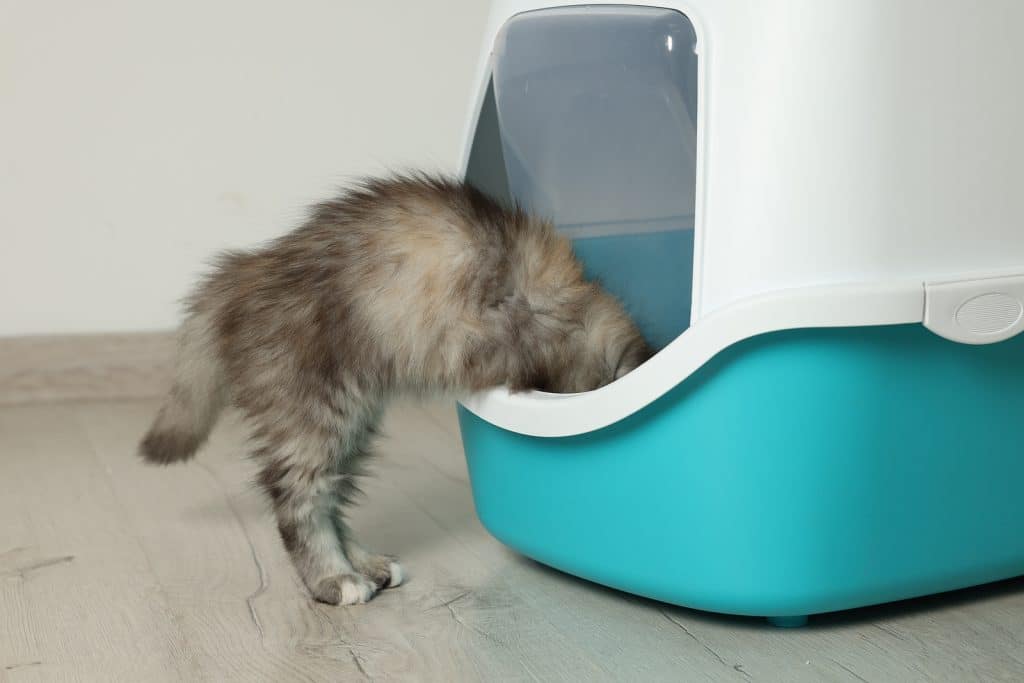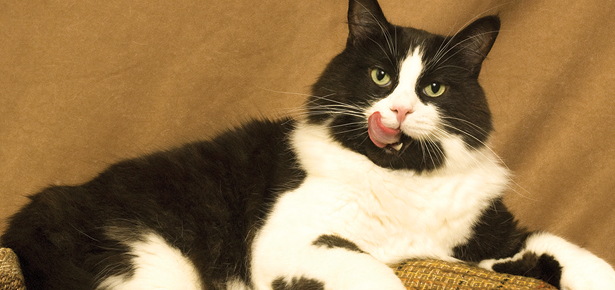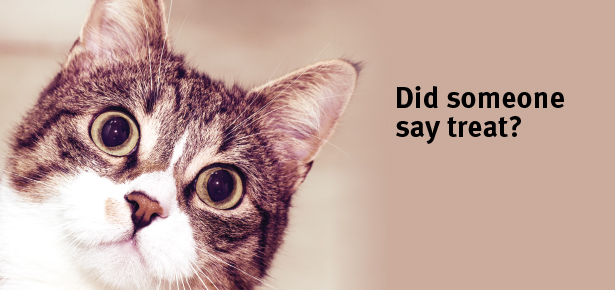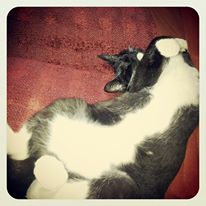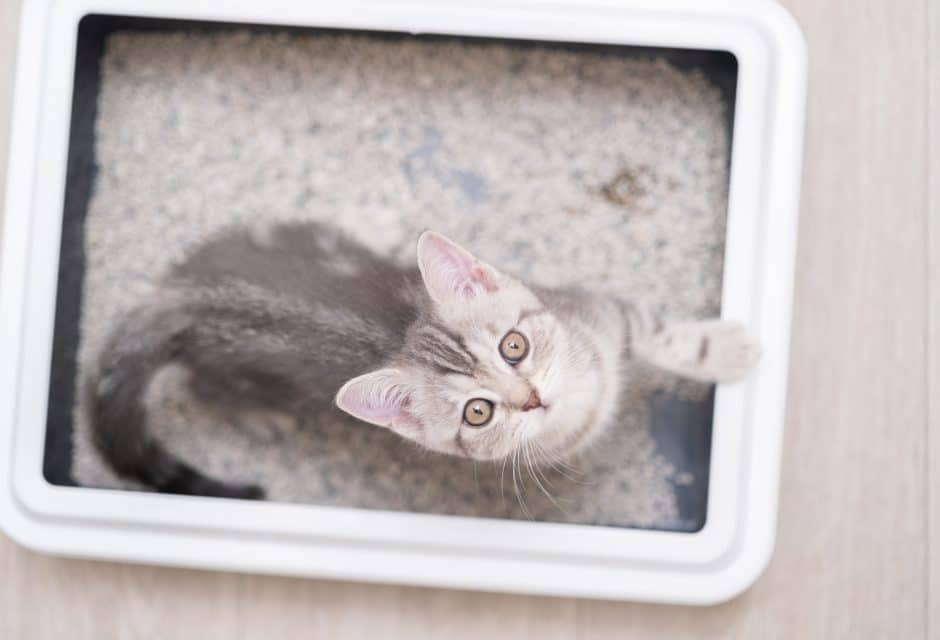

Litter Box Trouble!
Some of the most frustrating behaviours that a cat owner might encounter are those associated with the litter box. Or more accurately, those associated with not using the litter box. A cat not using the litter box is a huge source of stress and sometimes resentment. It’s easy to slip into the trap of thinking that your cat is behaving in a particular way to annoy you. It’s important to realize that cats don’t have the cognitive architecture to plan to use negative behaviours in a way to specifically send you a message. Instead, we have to look at what in the environment is most likely triggering the behaviour change.
Often a sudden change in litter box behaviour is a signal that your cat is experiencing distress when they’re using the litter box. It’s important to take your cat to the vet right away to check for infections or other medical problems as some of these can be life threatening and progress quickly. Once you’ve ruled out a health issue here are a few basic things to check and change when your cat isn’t using the litter box.
Number of Litter Boxes
A general rule for litter boxes is that there should be one for every cat in the house, plus one. So in a single cat home you should have two litter boxes. A three cat home, four. There are lots of exceptions to this rule and you know your cat’s behaviour, however your cat may need additional litter boxes if there are changes in the relationships with the other cats in the home or because they are getting older and having one in a closer location to where they like to sleep might be beneficial.
Cleanliness of Boxes
Cats have very sensitive senses of smell and they are very concerned with keeping clean. Even a slightly dirty litter box might be too offensive for your cat to use. Litter boxes should be cleaned daily, but depending on your cat(s) cleaning twice daily might be the key to keeping them happy with their litter box. Another trick is to take the cover off a covered box. A cover traps in scent and humidity. When the litter can dry there will be less odour and bacteria.
Type of Litter
There are many different types of litter on the market and finding one that works for both you and your cat may take a little bit of trial and error. When in doubt use what your cat is used to. A sudden change in smell or feel of litter may put your cat off. Most cats like consistency so if you want to successfully change litter types you’ll want to introduce the new litter slowly – start mixing the new litter in with the old and gradually increase the percentage of new litter over a period of about two weeks. In my experience the easiest and cheapest type of litter to use is clumping clay litter, because it can be cleaned easily. Living in a small apartment I’ve recently switched to a slightly more expensive recycled newspaper type of litter because it doesn’t track as far – no more litter in the couch cushions!
Box Location
Is your litter box placed neatly out of sight in a basement or distant room in the house? Is there only one route to get to it in a multi-cat household? The location of your litter box can play a big role in how likely your cat is to use it. When the box it too far away your cat may have to find a suitable alternative in times of need. This can be especially relevant if you have a timid cat that might not be bold enough to get to the box if something loud or new is happening in that part of the house. In multi-cat households the more assertive cats may try to monopolize the litter box by harassing other cats when they attempt to use it. Making sure your litter box is accessible by more than one route and having multiple boxes is an easy solution to this problem.
Jenna Cheal, Ph.D. is an experimental psychologist who loves cats and analyzing cat behaviour. She uses her extensive background in understanding the causes of behaviour to provide simple solutions to a range of cat behaviour issues. Jenna (aka The Cat Psychologist) lives in Toronto, Ontario with her partner and two best cat-friends, Andes and Bolivar.
Follow me on Twitter! @CatPsychologist
Join the newsletter and never miss out on cat content again!
"*" indicates required fields
By clicking the arrow, you agree to our web Terms of Use and Privacy & Cookie Policy. Easy unsubscribe links are provided in every email.





